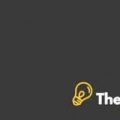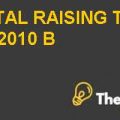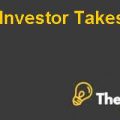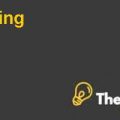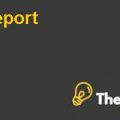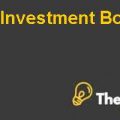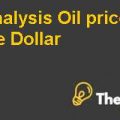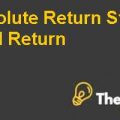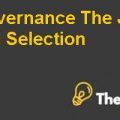
DCF Valuation:
Following are the assumptions that are used in the valuation. According to source of IDC, revenue of e-commerce will grow to 80% during 2000 to 2004 and during 2005 to 2009 the growth rate will diminish to 30%. Operating margin after tax will be negative 150% throughout 2000 to 2004 but during 2003 to 2009 operating margin after tax will be 5% after some improvement.
Discount rate for the year 2000 to 2004 will be 16.8% and 9% for the year 2005 to 2009 afterwards. The assumption follows the consideration that risks of Internet companies will decrease as the industry matures. It is also assumed that Internet companies will rely on equity financing during its initial years of operation. Capital expenditures will increase above the depreciation and amortization in the initial three years by HKD 200 million each year. The assumption is that Tom.com will invest heavily to expand its system and it will then equalize after 2002. Changes in working capital will be lead to 8% of changes in revenue. Based upon the assumptions, the discounted cash flow (DCF) of Tom.com’s future cash flow is HKD 230.2 million or HKD 0.08 per share.
Conclusion
The key subject matter of this case study is to point up the problems that are faced during the valuation of internet companies and some of the methods like implied growth rate that concerned investors can use for decision making. The summary of discussion is whether internet companies are secure for investment purpose or not as current share price of such companies is rising rapidly. Around 450,000 people applied for bank loan to capture opportunity of 42.8 million shares offered by Tom.com to the general public. The company was oversubscribed 670 times according to chief financial officer of TOM. As per final IPO price of HK$1.78 per share, TOM made a market capitalization of HK$5.1 billion.
Appendices:
Exhibit 1
|
Data Summary for the valuation |
|
| Revenue 1999 |
$51,695,000 |
| Revenue Growth 2000-2004 |
80% |
| Revenue Growth 2005-2009 |
30% |
| Operating Margin After Taxes 2000-2002 |
-150% |
| Operating Margin After Taxes 2003-2009 |
5% |
| Beta 2000-20004 |
1.8 |
| Beta 2005-2009 |
0.5 |
| Debt/Assets 2000-2004 |
0.0% |
| Debt/Assets 2005-2009 |
50.0% |
| Cost of Debt |
9.0% |
| Tax Rate |
15.0% |
| Capital Expenditures above Depreciation 2000-2002 |
$200,000,000 |
| Capital Expenditures above Depreciation 2002- |
$0 |
| Net Working Capital / Revenue |
8% |
| Terminal Growth Rate |
5% |
| Risk-Free Rate |
6% |
| Market Risk Premium |
6% |
| WACC 2000-2004 |
17% |
| WACC 2005-2009 |
9% |
| Shares Outstanding After IPO |
2,849,000,000 |
Exhibit 2:
|
Data for the valuation |
||||
|
|
||||
| Assumptions | Scenario 1 | Scenario 2 | Scenario 3 | |
| Investors Required Return |
15% |
20% |
25% |
|
| P/E Ratio in 5 Years in Percentage % |
40% |
40% |
40% |
|
| Profit Margin in 5 Years |
15% |
10% |
5% |
|
| Rate of Dilution due to options |
5% |
5% |
5% |
|
| Current Financial Data | ||||
| Market Capitalization @ IPO |
4,643,870,000 |
4,643,870,000 |
4,643,870,000 |
|
| Revenue in 1999 |
51,695,000 |
51,695,000 |
51,695,000 |
|
| 5-Year Projections | ||||
| Market Capitalization in 5 Years |
5,340,450,500 |
5,572,644,000 |
5,804,837,500 |
|
| Market Capitalization in 5 Years including Dilution |
5,607,473,025 |
5,851,276,200 |
6,095,079,375 |
|
| Earnings in 5 Years |
14,036,227,847 |
14,646,498,623 |
15,256,769,399 |
|
| Revenue in 5 Years |
93,574,852,315 |
146,464,986,233 |
305,135,387,985 |
|
| Implied Revenue Growth |
100% |
157% |
326% |
|
| Exchange Rate |
7.75 |
7.75 |
7.75 |
|
| Revenues in 5 Years in (US$) | $ 12,074,174,492 | $ 18,898,707,901 | $ 39,372,308,127 | |
.................................
This is just a sample partial case solution. Please place the order on the website to order your own originally done case solution.

